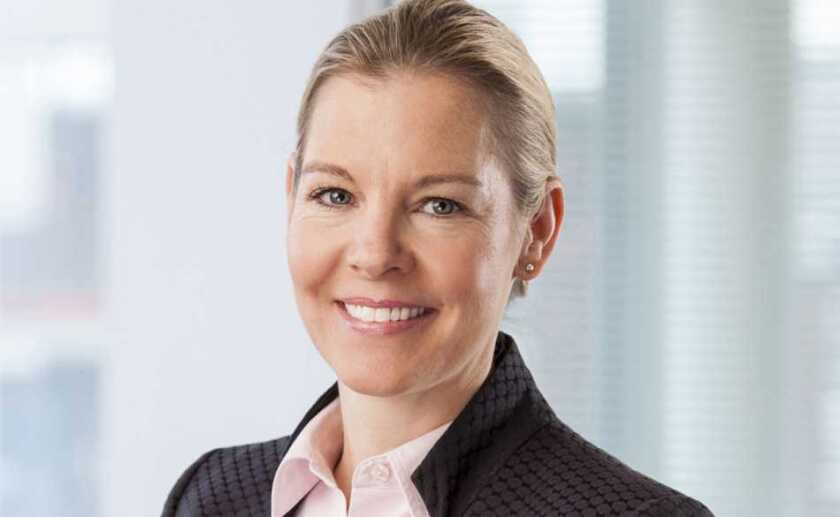Assembling a blend of women and men in the workforce is not just the right and equitable thing to do; it’s also the route to better decision making and smarter, more efficient operations.
As a successful woman executive in telecoms with a husband who is a stay-at-home dad, I know I’m an outlier in some ways. But that makes me passionate about striking that balance and I’ve seen close-up the value that doing so delivers. My team at Colt is split 50/50, with four women and four men, just as it was in my previous role. What I have learnt from having that structure, is that diversity is not always the easy path but it’s a better track to take.
When you have diversity it often takes longer to make a decision because there’s no stifling ‘groupthink’ where people with similar experiences and characteristics will tend to feel similarly and gravitate to consensus-led, through-the-middle choices. It’s harder – but more rewarding - to incorporate disparate views and I’ve even had feedback from external people that my team’s meetings could appear chaotic, due to people airing their opinions openly and passionately in the meeting. Frankly, I’ll take that every time to extract the value you get from being challenged and educated by absorbing multiple perspectives.
And, once decisions were made at the conclusion of those meetings, my feeling is that decisions were more solid and respected, making it easier to move ahead with the agreed upon actions. After such discussions, there was no back talk post-meeting, or ‘water-cooler’ murmurings that you sometimes get with the groupthink format where decisions are made ‘on the nod’, and few are privately enthused by the choices made. When there’s not enough challenging of conventional wisdom, the platform for subsequent action can be pretty shaky.
The best of everybody
Sometimes you hear some polemical statements such as: ‘women are better at multitasking’ or ‘men don’t get nuance’, but I’m not convinced by some of the more broad-brush statements. What I am convinced of is that weaving in a mix of genders, ages and cultures to the fabric of the enterprise is hugely positive. And, in a world where business is globalising and changing very quickly, it makes a lot of sense to recruit people who reflect those changes. We shouldn’t be surprised that in a future business environment where genders, races, ages and cultures are more equally represented, buyers also want to see that in the people selling to them.
How far have we come? Not far enough. The good news is that the gender conversation has been heightened, but the bad news is that in technology, telecoms and the wider business world there still aren’t that many women. It’s bad enough that the number of female chief executives is falling in the Fortune 500 and of course it’s important that there are iconic examples of successful women running companies. But what’s probably more relevant is that we are not seeing sufficient numbers of women in senior management. There’s more encouragement than ever for girls to code and learn about business and technology at school and college but it’s those middle rungs that we need to see being scaled.
At Colt, three members of the Executive Leadership Team are women, but we have further to go when it comes to the next tier down of leaders. I’m pleased to say that we are making decisive actions to drive positive change. Our Network 25 programme champions women and is a vehicle for discussing how we can do better in helping them build great careers here.
The Network 25 name comes from the fact that when we started the programme in 2017, Colt was 25 years old and women made up 25% of the workforce. That was better than many of our peers, but it was still a number we wanted to grow. Network 25 started in our London office but today, as befits a global company, we have chapters across our offices in China, France, Germany, India, Japan, Singapore and Spain. We host seminars and ‘lunch and learns’ that are open to all our staff. We also poll our employees to get to the heart of issues that matter to women.
However, as I’ve said, we’ve all still got a way to go. Recruiting through ‘blind’ interviews and CVs where HR has no knowledge of the applicant’s gender is one way forward; drafting job specifications in a style that doesn’t deter women applicants is another. Yet another is having more female hiring managers and making everyone involved in hiring awake to the dangers of unconscious bias. We also need to make the process of re-joining the world of work after having children as smooth a process as possible.
This isn’t just altruism. In a world where in many countries there are more female graduates than male, doing more for women will be a competitive differentiator for us. I’d encourage all of you reading this to think about #BalanceforBetter and how we can go about creating that blend of people that brings out the best in all of us, not just on International Women’s Day, but all year round.





